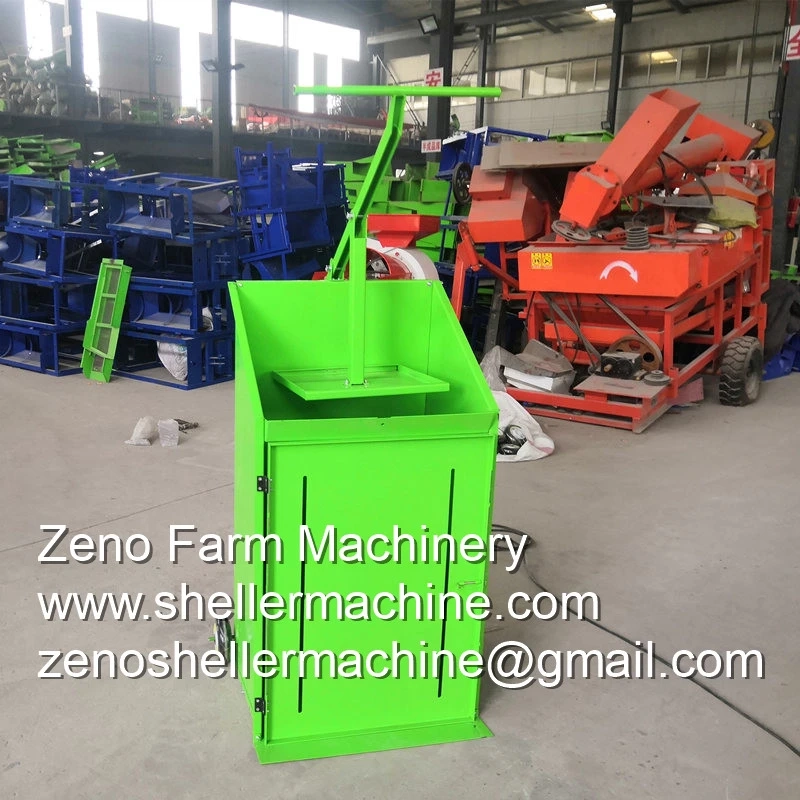Baling hay is a staple of livestock farming. The very act of harvesting hay has been the lifeblood of farmers for centuries, which is why it’s become the most iconic farm chore right next to milking the cows or collecting eggs.
Modern day technology has undoubtedly made baling hay less of a romanticized, fit for cinema event, but the tractor-driven silage baler machine we use today have made the process a much more manageable affair. Despite these new tools we have at our disposal, it still might not be economical to take on the chore of baling hay yourself. Let’s look at a few considerations that should help you decide if baling hay on your farm is for you.
Bailing Hay
If you have feed-intensive livestock, it may be more economical for you to bail your hay. Buying hay from a local farmer, or even worse, importing from another region or state, can be cost prohibitive. After all, how much hay does a cow eat every year? Quite a bit, and it’s not cheap!
Hay For Bedding
If you plan to be baling hay for bedding, consider straw vs. hay for bedding with large animals. If you’re raising poultry, don’t make the mistake of using either of these in the chicken coop! Hay and straw hold moisture and harbor bacteria in a chicken coop, which is not good. For poultry, I always recommend using a thick bedding of pine shavings instead of hay or straw, even in the nesting boxes! Hay and straw may work as bedding for larger animals, but it’s far from ideal in poultry coops.
The Cost
Baling hay is far from an inexpensive venture. When looking at the price of retail or even wholesale hay prices, there are a few costs that add up to that price. Despite our best efforts to replace labor hours with equipment, human labor is still a big part of the equation. Time spent operating manual baler machine, repairing equipment, driving from field to storage, and stacking hay is time-intensive. Just as we don’t report to work for free, we can’t expect the farmer not to get paid. Nor can we expect the farmer’s helpers to work for free.
Cost Of Land
Many farmers don’t have enough acreage to harvest enough hay to meet demand, which means they’re forced to rent or lease land around them. That rent has to be figured into the per bale cost to the farmer. Also, the cost of the mortgage and property tax on the fields they do own needs to be a part of the equation.
Fuel And Equipment
Even the best tractor for small farms eats fuel when it’s working hard, so the cost of feeding the tractor needs to be considered. Farm equipment isn’t cheap, nor is it inexpensive to fix, so that’s also a part of the retail price of hay. And after all these expenses, there’s good old profit that still needs to be made when baling hay!
Power Demand
Before you commit yourself and buy all the tools and baling hay on your own, do you have enough tractor? Most hay baling equipment requires a tractor of at least 40HP, so is your tractor powerful enough to run these new tools, or will you need to buy another tractor?
Mowing The Field
Mowing a hay field is not like mowing a lawn; you need a mower deck designed to cut hay. Sharp blades are critical here since dull or rough cutting edges will bog down your tractor and may give you a poor cut, leaving valuable grass standing in your way. Be sure to get a field mower that fits the track width of your tractor (the measurement from outer tire to outer tire). Buying a smaller deck to save money will only waste time, which is expensive enough in its own right.
Tedding Hay
Before you can get down to the chore of baling hay, you need to let your hay dry in the field. While your cut hay dries, it helps to fluff it up in the field so you can bale it up sooner. Hay tedders are a spinning rake of sorts, designed to do just that; fluff cut hay in the field. Using hay tedders allows your grass to dry better and more thoroughly.
Rake Hay
Before you start baling hay, you need to rake it into windrows for your baler. Hay rakes, unlike a landscape rake, is a rotary implement similar to hay tedders, but instead of fluffing the hay, the hay rake piles it into rows for you.
Baling
Finally, you can bale your hay! But wait, what kind of bale do you want? Do you want the standard hay bale you can toss by hand? Do you want the monster square bales you need a tractor to move? Do you want a large round bale you can move with a bale spike? It all depends on how you want to move your hay, where you want to store it, and how you plan to feed it to your animals.
Picking Up
If you’ve decided that baling hay in round bales or big squares works for you, then you’ll probably be using your tractor’s loader to pick these up. But what about standard bales? Will you pick them up and stack them on a trailer by hand, or will you use a kicker? Using a kicker at the back of your standard baler launches your bales into the hay wagon you’re towing.


